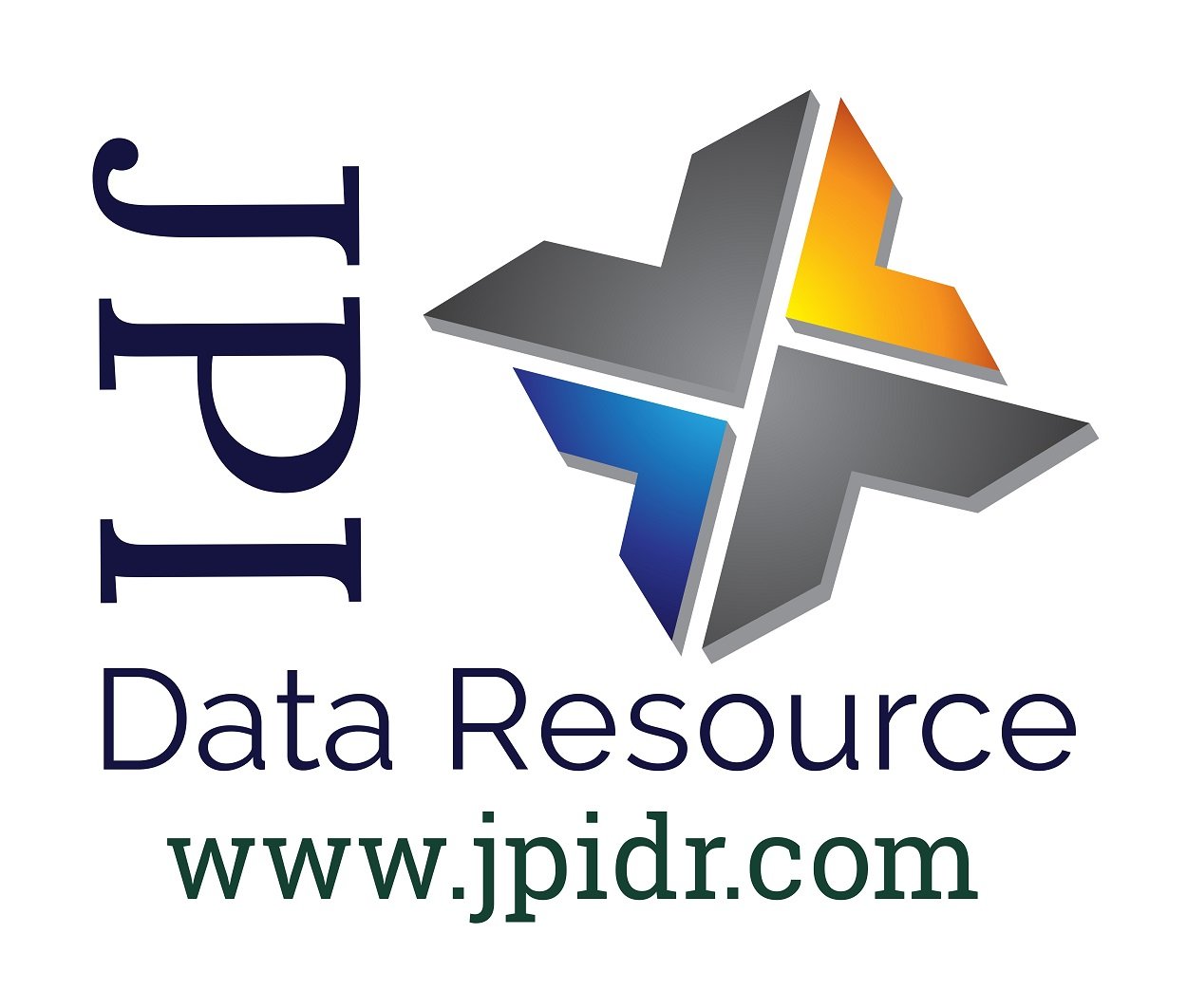Mastering Search in Laserfiche: Capabilities, Options, and Best Practices
Let’s face it—searching for information can either be a productivity booster or a frustrating time sink. Fortunately, Laserfiche offers robust and flexible search tools that make it easy to find exactly what you need, when you need it—if you know how to use them well.
Whether you're a power user or just getting started, optimizing how you search in Laserfiche can dramatically improve efficiency. This post breaks down the key search options and shares best practices to help you get the most out of Laserfiche’s search engine.
🔍 Search Capabilities in Laserfiche
Laserfiche supports several types of searches—each with its own strengths:
1. Basic Search
Perfect for everyday use, this lets you search using:
- Document or folder names
- Field values (if metadata is used)
- Full-text content within documents
2. Advanced Search
For more complex queries, use Advanced Search to combine criteria like:
- Templates and fields (e.g., all invoices from Vendor X)
- Entry date or modification date
- Location within the folder structure
- Document type or metadata combinations
You can also use Boolean operators like AND, OR, and NOT to refine results.
3. Full-Text Search
Laserfiche indexes the content of documents (including scanned PDFs with OCR), allowing you to search for:
- Specific words or phrases within the body of documents
- Proximity matches (e.g., find two words within 10 words of each other)
- Stemming (e.g., "run" also returns "running" and "ran")
4. Field Search
Search based on specific metadata fields assigned to documents. For example:
- Invoice Number = 12345
- Status = Approved
- Department = HR
This is especially powerful when used with required entry templates.
5. Saved Searches
Have a search you run often? Save it! Laserfiche allows you to:
- Save custom search queries
- Add them to the Quick Search bar
- Share them with other users
🧠 Best Practices for Smarter Searching
If you're not finding what you need in seconds, try these pro tips:
✅ 1. Use Metadata Strategically
Ensure your documents are tagged with the right metadata. Entry templates can help enforce this, and it makes searches faster and more precise.
✅ 2. Start Broad, Then Refine
When unsure, begin with a broad keyword search. Use filters or field searches to narrow the results down.
✅ 3. Use Wildcards and Operators
Laserfiche supports wildcards like:
*for multiple characters (e.g., report finds “report,” “reporting,” etc.)?for a single character (e.g.,te?tfinds “text” or “test”)
Also try:
AND,OR,NOT- Parentheses for grouping
NEARfor proximity
✅ 4. Leverage Folder Context
If you know where a document should live, restrict your search to a specific folder to reduce noise.
✅ 5. Clean Up Naming Conventions
Consistent document naming helps when doing name-based searches. Avoid random acronyms or version chaos—use naming standards that make sense across your team.
✅ 6. Schedule Reindexing
Make sure your repository is regularly reindexed so that newly scanned or OCR-processed documents are searchable.
⚙️ Bonus Tip: Customize the Web Client for Power Searching
Admins can configure the Laserfiche Web Client with pre-set saved searches, Quick Search options, and metadata panels. Create shortcuts to common queries like:
- “Today’s Scanned Docs”
- “Pending Approvals”
- “Contracts Expiring in 30 Days”
This creates a user-friendly, search-driven workspace for any department.
📌 Final Thought
Laserfiche’s search engine is more than a glorified file finder—it’s a sophisticated data mining tool that, when used right, becomes the fastest way to surface insights, locate files, and keep your processes moving.
Are you searching smart—or just searching?
Need Help Fine-Tuning Your Search Setup?
If your team spends too much time looking for documents, it may be time to audit your metadata, folder structure, and search strategy. Contact us for a quick consultation—we’ll help you design a search system that works for you.


